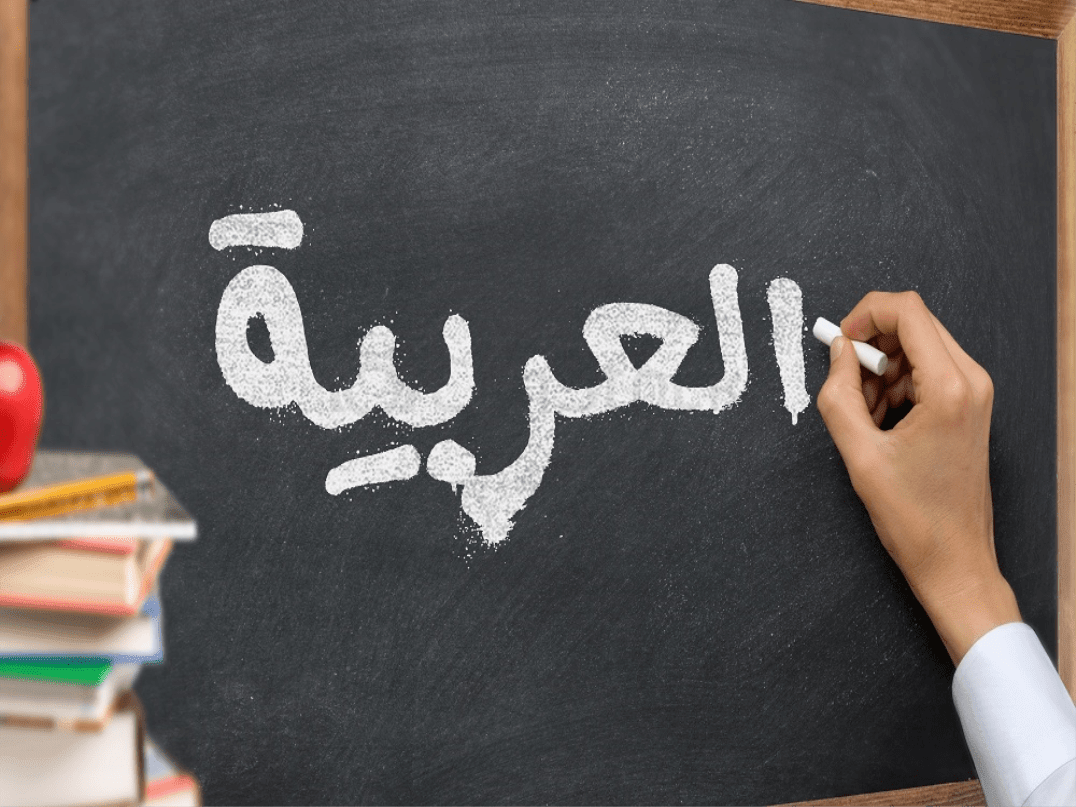A few surprising facts that are unique about Arabic


Perhaps one of the most fascinating languages in the world today is the Arabic language. It also ranks fifth just behind the English and Hindi languages in terms of speakers. Arabic is the official language of the 22 countries that form the Arab League. There are more than 300 million Arabic speakers across the world. Although they predominantly live in the region stretching across the Middle East and North Africa. It is also one of the six official languages of the United Nations. This articles gives a brief description about the relevant basic elements that are unique in Arabic.
Unlike most other languages, Arabic is in script. This accounts for the Arabic alphabet being one of the most visually interesting written languages. At the same time, unlike Latin-based languages have the writing from left to right, as opposed to Arabic. However, you write the numerals from left to right. The Nabataean alphabet system, which the written Arabic language is based on, did not have singular letter symbols for about a third of the alphabet. This means that some consonants would share the same shape. As a way of differentiating the consonants that are sharing the same shape, writers developed a system of dots over the letters.
As mentioned above, whether writing or typing in Arabic, the letters are in cursive and connect to one another. The cursive style of each letter changes from its original shape. They vary depending on their position within a word. Arabic letters can exhibit up to four distinct forms corresponding to an initial, medial (middle), final, or isolated position. Arabic speakers, therefore, must know the multiple shapes of each letter. Generally, short horizontal lines link letters in the same word on both sides. However, for the exception of six letters (و ,ز ,ر ,ذ ,د ,ا), you can link them only to their preceding letter.
The Arabic language has many sounds such as specific throat sounds that don’t exist in any other language. Some words in Arabic are very similar in pronunciation, but have completely different meanings when just one syllable is mispronounced. An example of a unique sound is the ”h” in hubb (the word for love). You pronounce it as if you’re gently breathing on a window pane to create a fog. Some of the unique throat sounds found in Arabic include the pronunciation of haa, a guttural breath that’s only found in Arabic, along with ayn, ghayn and kha, which are like the clearing of the throat.
The Arabic language is classified into three forms: Classical Arabic (CA), Colloquial Arabic Dialects (CAD), and Modern Standard Arabic (MSA). MSA carries the name of fusha as well. You will find Classical Arabic in liturgy only. Additionally, religious scholars use this language variation. Today, Classical Arabic is more of a formal language.
Modern Standard Arabic (MSA) is almost the same as Classical Arabic. However, Arabic speakers around the world understand it. Mainly, politics and the media will use MSA. Likewise, schools teach Arabic in modern Arabic literature.
Arabic dialects are generally only spoken. A colloquial language is used in daily conversation and there are over 100 of them!
These are just some of the things that add texture and interest to the Arabic language. These particularities provide one of the most commonly spoken languages in the world its own distinct personality.
If you wish to learn more about the Arabic language in general, download our Arabic learning app